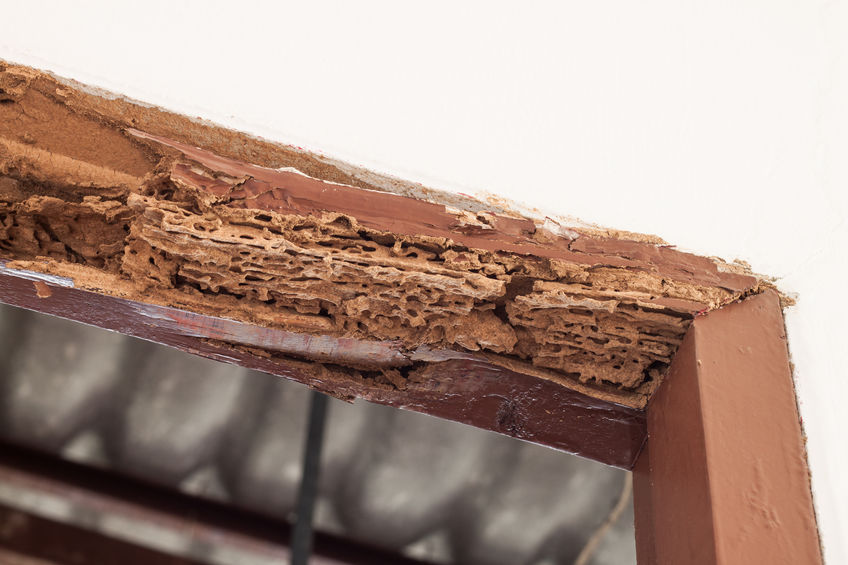Termites and carpenter ants have a lot in common, both being wood-boring insects. Both can cause serious structural damage over time, and considering that around 90% of US homes are built with wood framing, controlling them needs to be a top priority. So let’s take a look at these two insect species, their characteristics and the damage that they can cause in a building.
Essential characteristics of termites and carpenter ants
Both termites and carpenter ants will chew through wood, but the difference is that termites will actually use the wood for sustenance, while the ants are simply getting it out of the way as they build out their colony. Another similarity that these two species share is their need for water sources near their colony. Carpenter ants and most termite species will only infest wood that has a high moisture content. The only species that deviates from this are the drywood termites.
When it comes to the colonies themselves, carpenter ants and drywood termite ants will build their colonies in the wood that they infest, while subterranean termites will build their colonies underground, and then travel to and from the wood as they harvest it for food. This means that you will need different approaches to treat these different types of wood-boring behaviors.
Termite vs. carpenter ant damage
Carpenter ants and termites create their tunnels and galleries in different ways. The ants have neat, smooth tunnels throughout the wood, while termites will have seemingly random galleries. However, termites are much more efficient at destroying wood, and subterranean termites have the numbers advantage. A subterranean termite colony can reach millions of members, so when it is at this stage, it will damage wood at a very rapid rate.
Dealing with an infestation
Drywood termite and carpenter ant infestations can be treated using similar methods. If the infestation is small and contained to a certain piece of wood, the pest control specialist can use a localized treatment. These treatments consist of injecting the wood with insecticide or spraying it with specialized products that penetrate the surface and reach the colony inside. If the infestation is widespread however, the best course of action is to go with a fumigation, which will kill any termites or ants present throughout the home. Your pest control specialist will recommend which treatment is best for your situation. If you have any questions about how the treatments are applied, how much they cost, or any other details, you can get in touch with us directly and we can give you some extra information.

